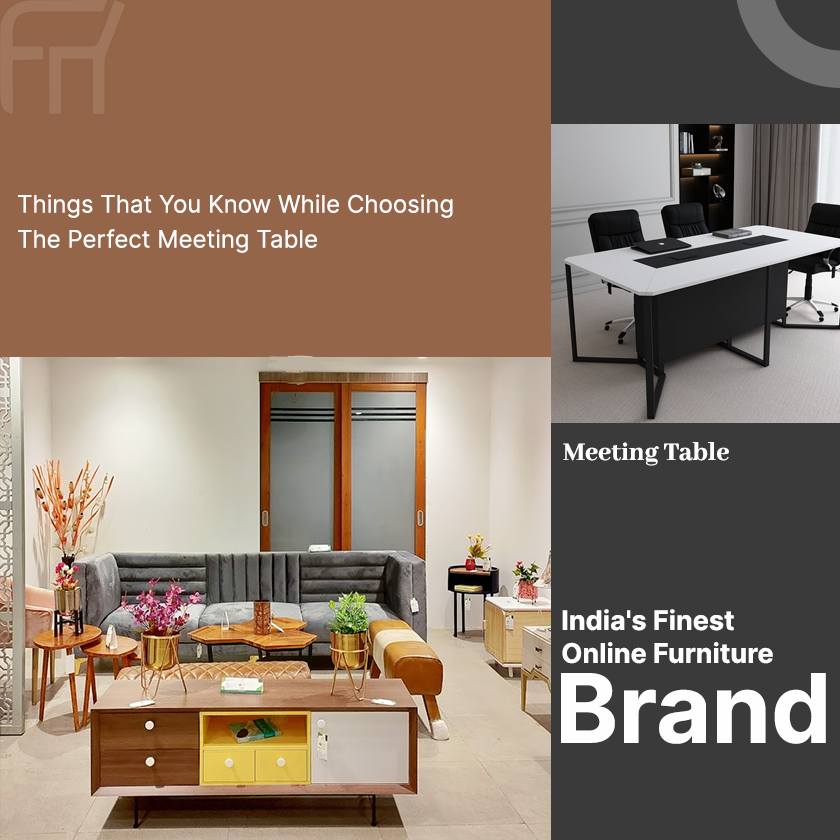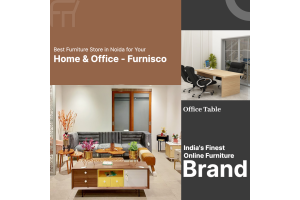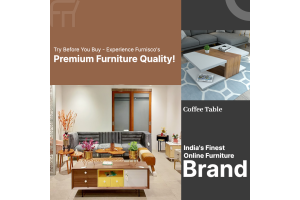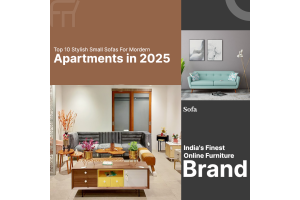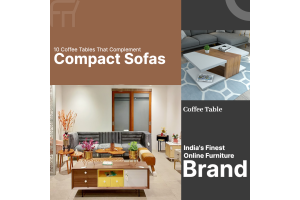Things that you know while Choosing the Perfect Meeting Table
In today's fast-paced corporate landscape, meetings have evolved into much more than just discussions. They are opportunities for collaboration, innovation, and decision-making. And at the center of every successful meeting lies the meeting table. Choosing the right meeting table isn't just about aesthetics; it's about understanding your team dynamics, optimizing functionality, and fostering an environment conducive to productivity. In this comprehensive guide, we'll delve deep into the world of meeting tables, exploring different types, factors to consider, and how to select the perfect one for your team dynamics.
Assessing Team Dynamics:
Understanding your team dynamics is the first step towards selecting the ideal meeting table. Consider the size of your team, their communication styles, and the nature of your meetings. Are they formal presentations, brainstorming sessions, or casual discussions? By analyzing these dynamics, you can determine the type of meeting table that will best suit your team's needs. For instance, if your team values inclusivity and collaboration, a round or oval-shaped meeting table might be more appropriate, allowing everyone to have a voice and fostering a sense of equality.
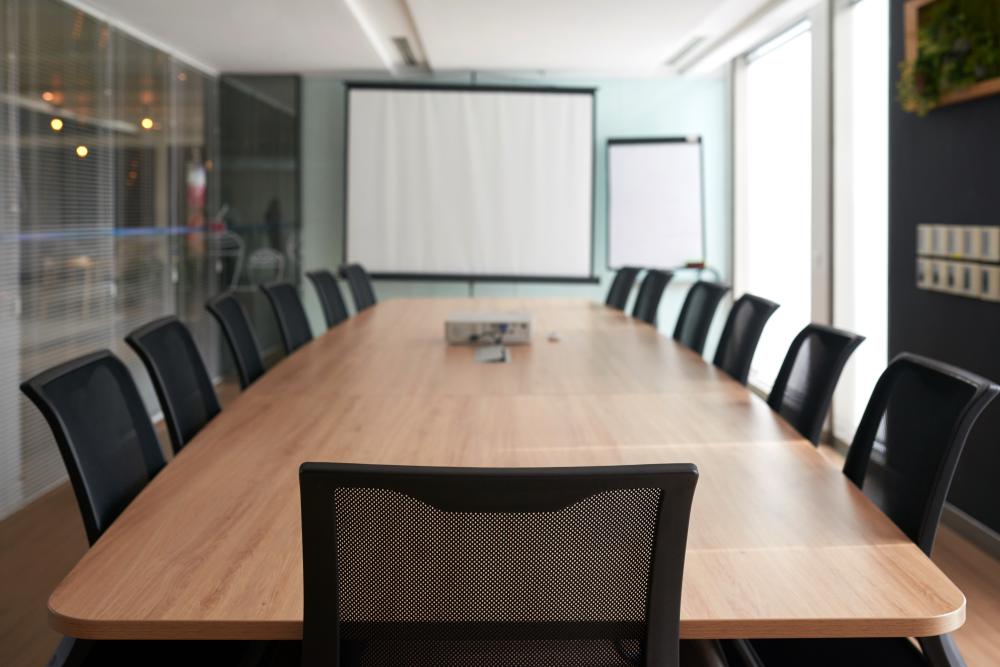
Exploring Different Types of Meeting Tables:
Meeting tables come in a variety of shapes, sizes, and materials, each serving different purposes and aesthetics. Rectangular tables are classic choices for formal meetings and presentations, offering ample space for documents and technology. Oval or round tables promote inclusivity and encourage open communication, making them ideal for brainstorming sessions and team discussions. Additionally, modular meeting tables offer flexibility, allowing you to customize the layout according to the needs of each meeting. Consider the layout of your meeting space, the number of participants, and the intended purpose of the table when selecting the type that best suits your team dynamics.
Balancing Form and Functionality:
While aesthetics are important, functionality should never be compromised when choosing a meeting table. Look for features that enhance productivity and comfort, such as built-in power outlets, cable management systems, and ergonomic design elements. A clutter-free table with easy access to power sources can streamline meetings and minimize distractions, allowing your team to focus on the agenda at hand. Additionally, consider the material and construction of the table, opting for durable materials that can withstand daily use and provide long-term value.
Considering Budget and Longevity:
Investing in a high-quality meeting table is an investment in your team's productivity and collaboration. However, it's important to consider your budget and long-term goals when making a decision. While a premium table may come with a higher upfront cost, it can offer durability, functionality, and aesthetics that justify the investment over time. Consider factors such as warranty coverage, maintenance requirements, and the reputation of the manufacturer when evaluating the long-term value of your investment. Remember, the right meeting table is not just a piece of furniture; it's a strategic asset that can elevate your meetings and enhance your team dynamics.
In today's collaborative work environment, selecting the perfect meeting table is crucial for fostering productivity, innovation, and teamwork. By understanding your team dynamics, exploring different types of meeting tables, balancing form and functionality, and considering your budget and long-term goals, you can choose a table that aligns with your organization's culture and objectives. Elevate your meetings with the right meeting table, and watch as your team dynamics flourish in an environment designed for success.





















